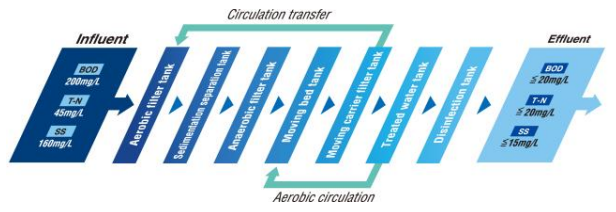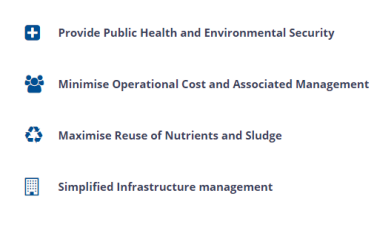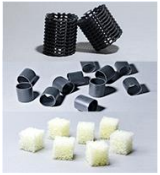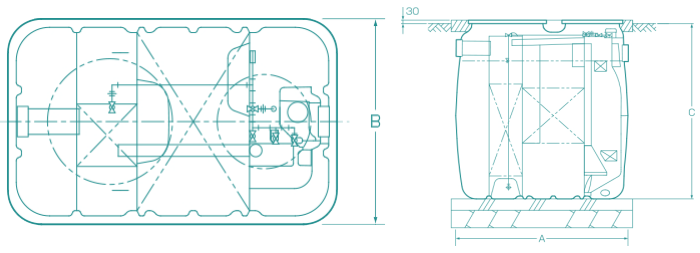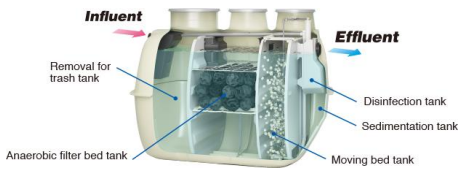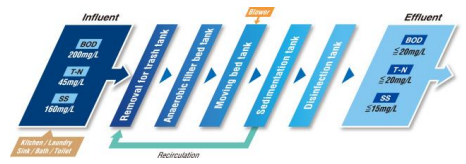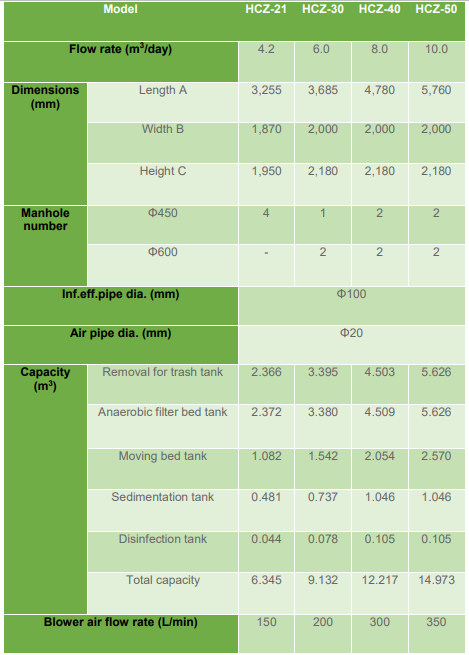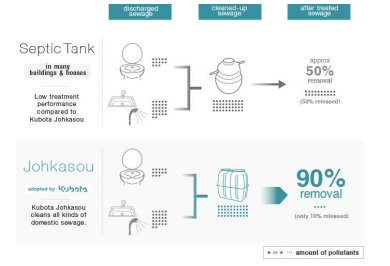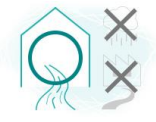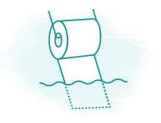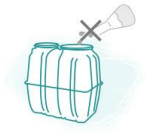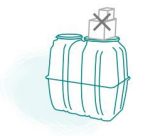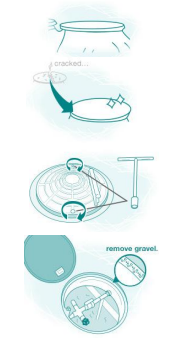KUBOTA Corporation founded in 1890, it has been devoting to develop not only agricultural machines but also various kinds of products in environmental technologies. Japanese unique wastewater treatment plant which is called “Johkasou” is one of those products. Johkasou has been in business for over 45 years.
Technologies used in the Kubota System
What’s happening in KUBOTA
Kubota's environmental friendly wastewater treatment plants (Johkasou)
Kubota wastewater treatment plants, which have achieved 90% or higher BOD removal rate, deliver excellent treated water quality with BOD of 20 mg/l or less (in case influent BOD is 200 mg/l). Their compact body fits any installation place while providing powerful treatment performance comparable to a sewage system.
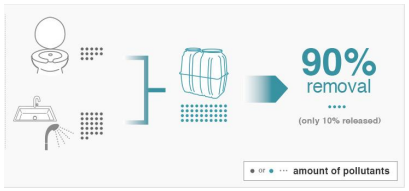
Note for use
Service and maintenance are very important for wastewater treatment plants.
Wastewater treatment plants use microorganisms to perform treatment.
Therefore, maintaining an optimum environment where microorganisms can be most active is essential.
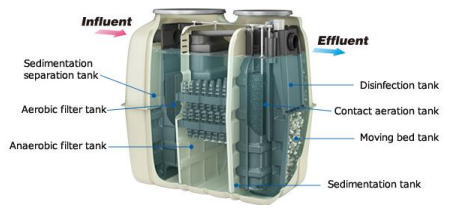
Another phase in the space-saving installation process. The tank itself is the world's smallest design. It can be built without having to choose a place, and it will save labor and speed up construction even with a small excavation site.
・All-in-one air-piping unit blower without timer.
How it works
